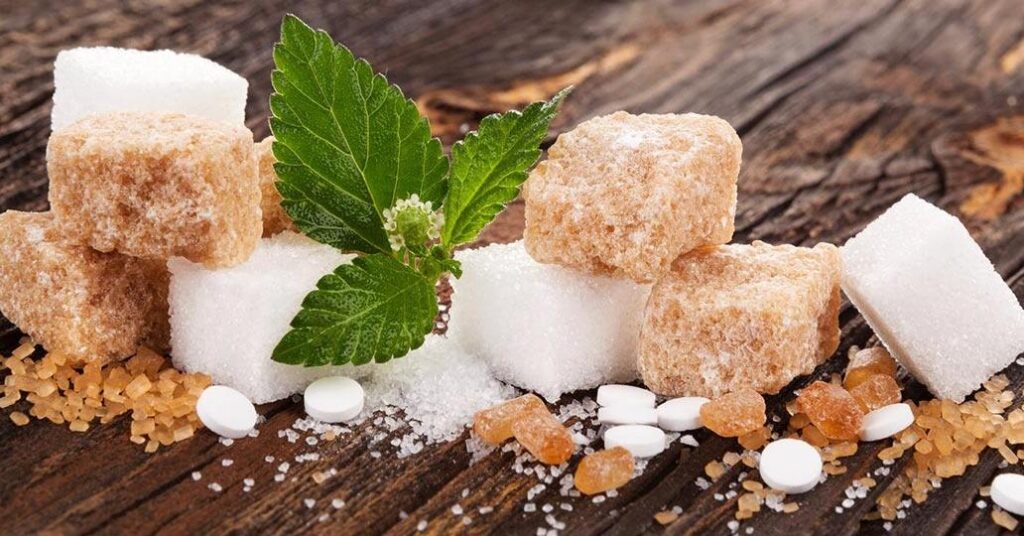Are you curious to know what is cultured dextrose? You have come to the right place as I am going to tell you everything about cultured dextrose in a very simple explanation. Without further discussion let’s begin to know what is cultured dextrose?
In the ever-evolving landscape of food production, maintaining the quality and safety of products is of paramount importance. One innovative ingredient that has gained attention for its role in preserving freshness and enhancing food safety is cultured dextrose. This naturally derived substance offers an effective and sustainable way to extend shelf life, combat harmful pathogens, and promote the well-being of consumers. In this blog, we’ll explore the world of cultured dextrose, its characteristics, applications, and the positive impact it has on the food industry.
What Is Cultured Dextrose?
Cultured dextrose is a natural ingredient derived from simple sugars like dextrose or glucose through fermentation. During fermentation, beneficial bacteria break down these sugars to create a compound that inhibits the growth of harmful microorganisms while preserving the quality of the food product.
Characteristics And Benefits
- Natural Preservation: Cultured dextrose acts as a natural preservative, helping to extend the shelf life of food products without resorting to synthetic additives.
- Pathogen Control: The fermentation process produces compounds that inhibit the growth of pathogens, such as bacteria, yeast, and molds, reducing the risk of foodborne illnesses.
- Clean Labeling: Cultured dextrose aligns with the clean labeling trend, providing manufacturers with an alternative to chemical preservatives while maintaining transparency with consumers.
- Quality Retention: By preventing the growth of spoilage microorganisms, cultured dextrose helps maintain the taste, texture, and appearance of food products over time.
Applications In The Food Industry
- Bakery Products: Cultured dextrose can be used in baked goods like bread, pastries, and cakes to enhance freshness and extend their shelf life.
- Dairy and Dairy Alternatives: It can be incorporated into dairy products, such as yogurt and cheese, to inhibit the growth of unwanted microorganisms and maintain product integrity.
- Meat and Poultry: In the meat industry, cultured dextrose helps preserve the quality and safety of products, ensuring that they remain fresh and free from contamination.
- Salad Dressings and Sauces: Salad dressings and sauces can benefit from the preservation properties of cultured dextrose, allowing consumers to enjoy them for longer periods.
Sustainability And Health Considerations
- Reduction in Food Waste: By extending the shelf life of products, cultured dextrose contributes to reducing food waste, aligning with sustainability goals.
- Consumer Well-Being: The use of naturally derived cultured dextrose aligns with the increasing consumer demand for safer, cleaner, and more natural food options.
Conclusion
Cultured dextrose is a remarkable innovation in the food industry that combines science, nature, and practicality. As consumers become more conscious of the ingredients in their food and seek products with longer shelf lives and fewer additives, cultured dextrose presents an effective and sustainable solution. By harnessing the power of fermentation, this natural preservative enhances the safety, quality, and freshness of various food products, contributing to a healthier and more sustainable food supply. As the food industry continues to evolve, cultured dextrose emerges as a shining example of how innovation can lead to safer, more nutritious, and more enjoyable culinary experiences for all.
Assemble more facts about different topics on Feedatlas.
FAQ
What Is Cultured Dextrose Made From?
Cultured Dextrose is a natural shelf life extender produced via a unique controlled fermentation of dextrose (sugar) with Propionibacterium freudenreichii bacteria. Propionibacteria has a long history of safe use in food. After a natural fermentation the product undergoes pasteurization, evaporating and spray drying.
What Is The Difference Between Dextrose And Cultured Dextrose?
Unlike the simple dextrose used as a sweetener, cultured dextrose is a preservative used to extend the shelf life of foods like pasta, meat alternatives, and sauces.
What Is The Purpose Of Cultured Dextrose?
cultured dextrose Or cultured sugar
They can help enhance flavor, maintain product quality, and aid in the reduction of spoilage organisms when used in conjunction with good manufacturing practices, thus improving product quality over shelf-life.
Is Cultured Dextrose A Sugar?
We were told that the cultured dextrose in their burrito “…is a sugar-based food, produced through natural fermentation of traditional starter cultures.” When we asked for further clarification we learned that cultured dextrose is “not sugar, not a sweetener; it increases shelf life [as a] natural preservative.”
I Have Covered All The Following Queries And Topics In The Above Article
What Is Cultured Dextrose
What Is Cultured Dextrose Derived From
What Is Cultured Dextrose Made From
What Is Cultured Dextrose In Food
What Is Cultured Dextrose?
What Is Cultured Dextrose Used For In Food
What Is Cultured Dextrose
What is cultured dextrose & why should you use it?
